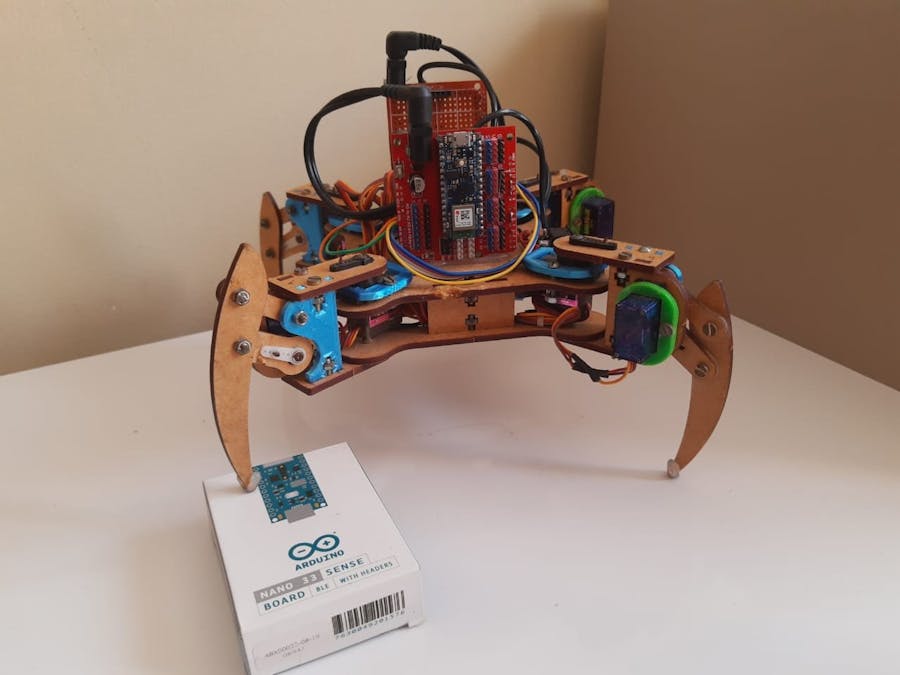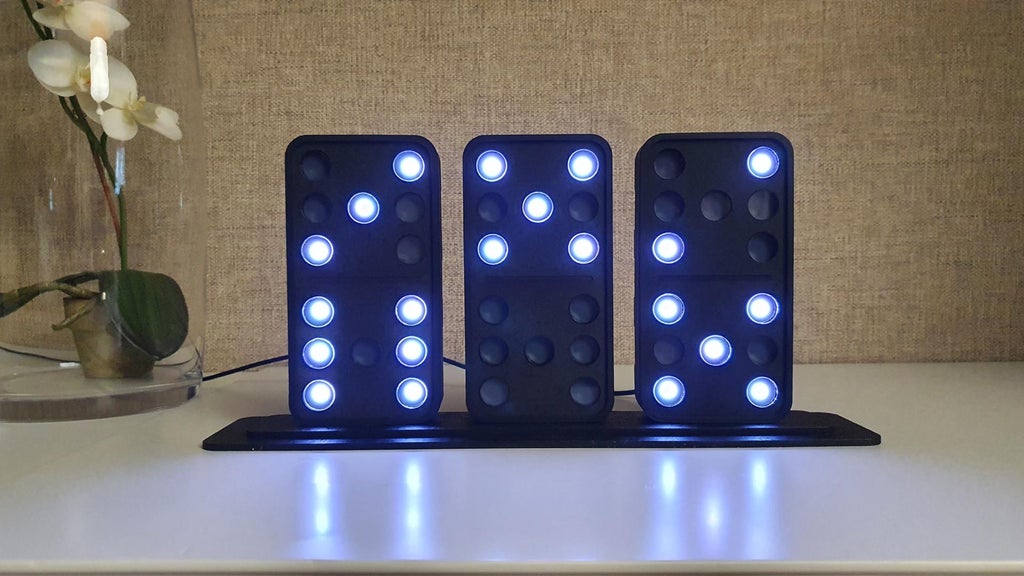You’ve probably seen a plotter of some kind made from DVD players and the like. These devices, of course, normally work with objects in the XYZ coordinate system. As cool as they are, TUENHIDIY’s build takes things to another level – or at least in another direction – with a pair of printer rollers subbed in for the Y-axis. This allows a bottle to roll in coordination with an X/Z gantry system on top, decorating it with whatever text or drawings are programmed




